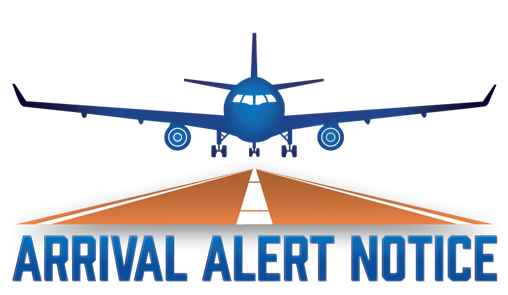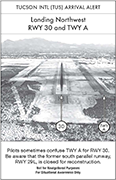Arrival Alert Notices (AAN)
The FAA is taking several proactive steps to address wrong surface events, reduce the potential for pilot confusion and help improve safety in the National Airspace System (NAS).

Why do we need Arrival Alert Notices (AAN)?
To address wrong surface events where an aircraft lines up to or lands on the incorrect runway, taxiway, or airport, the FAA released Arrival Alert Notices (AAN) at various airports with a history of misalignment risk.
Sample Arrival Alert Notice

Arrival Alert Notices (AAN) are graphics visually depicting an approach to a particular airport with a history of misalignment risk, and language describing the misalignment risk.
Airports with Arrival Alert Notices
This map below shows the airports that have Arrival Alert Notices.
From the Flight Deck Video: Arrival Alert Notice
Additional Resources
- Arrival Alert Notices Fact Sheet
- Search the Airport Diagrams database
- Access digital aeronautical charts
